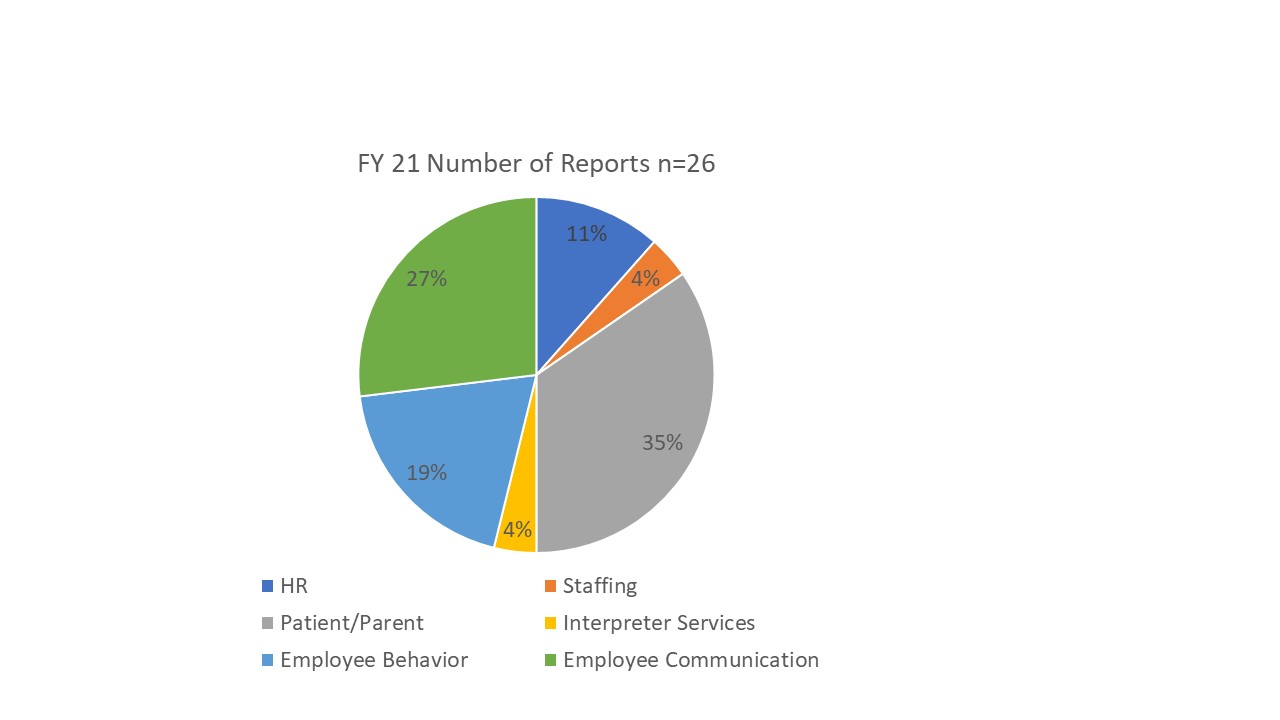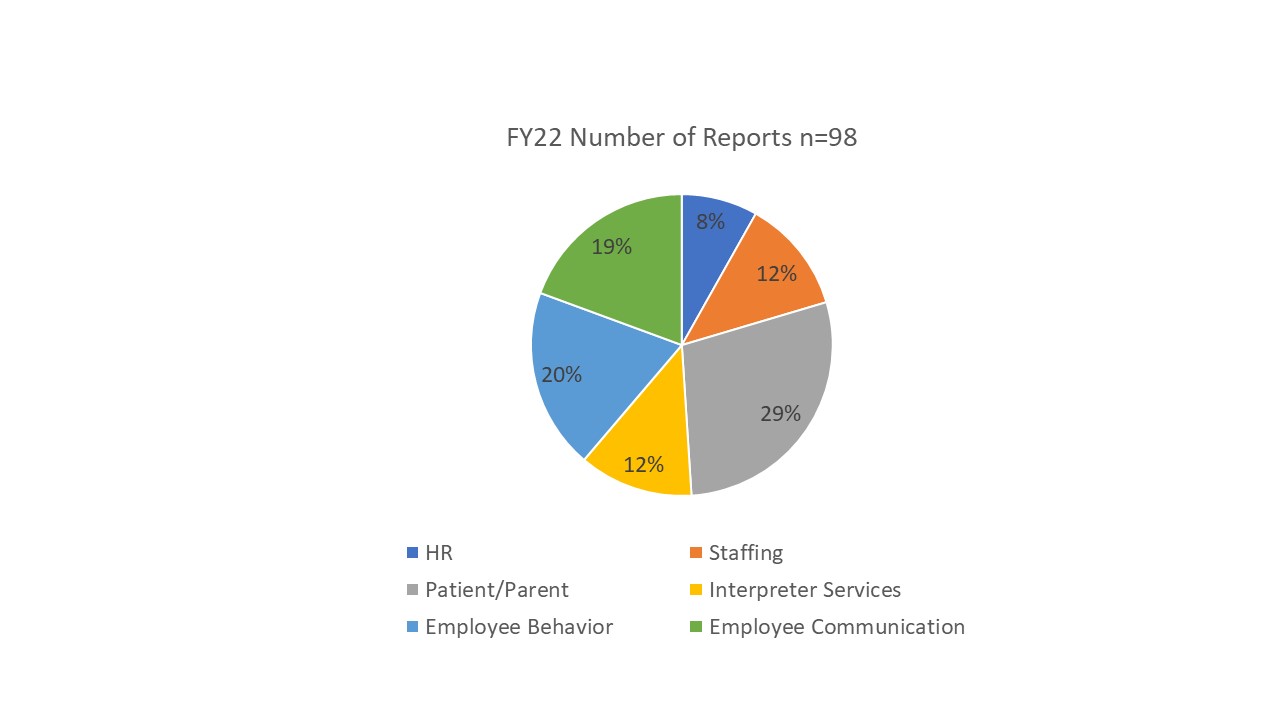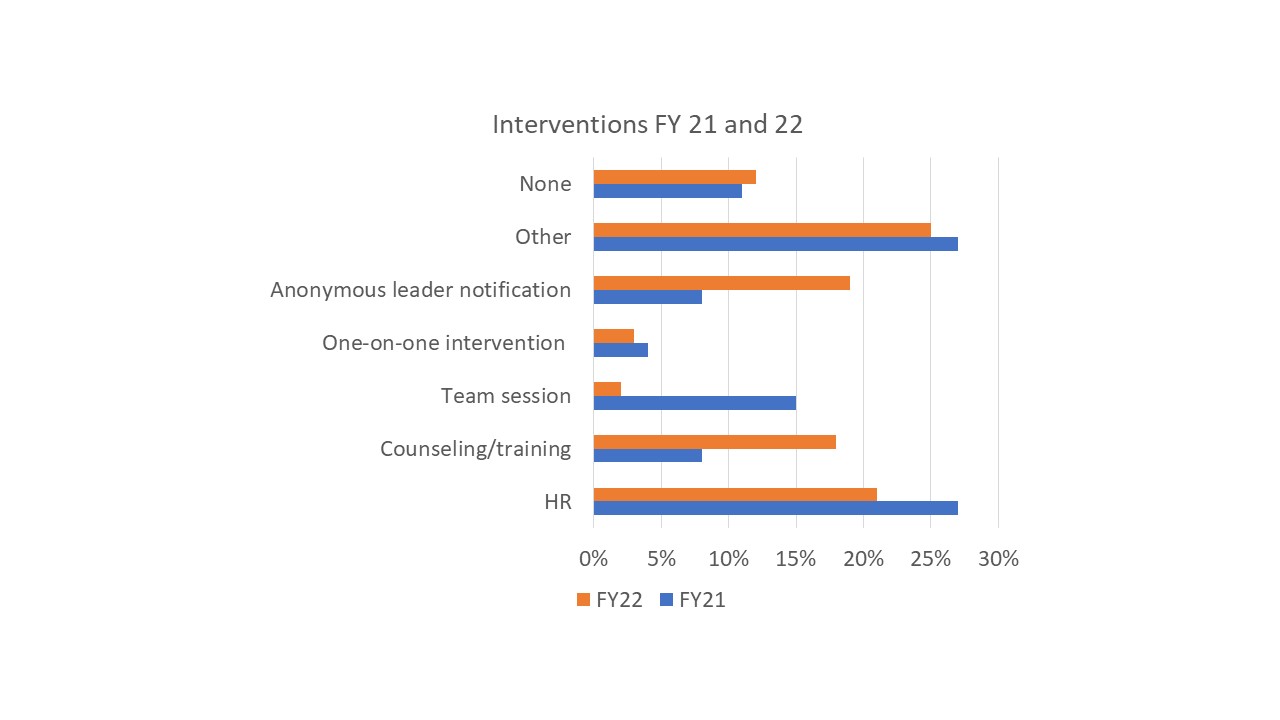Health Equity/Social Determinants of Health
Health Equity/Social Determinants of Health 8
564 - Creating an Inclusive Environment: Instituting a Bias Review Structure in a Children’s Hospital
Publication Number: 564.412

Gabrina Dixon, MD, MEd (she/her/hers)
Associate Professor of Pediatrics
Children's National Health System
Washington, District of Columbia, United States
Presenting Author(s)
Background:
As hospitals strive to address bias within their institutions, few published examples exist of a deliberate process of designing, implementing and evaluating a bias review structure. Children’s National Hospital established the Bias Review Committee in July 2020. The multidisciplinary committee of employees' reviews and provides recommendations for all bias reports submitted through the online Safety Event Reporting System.
Objective:
To illustrate the impact of reporting to the Bias Review Committee, identify common themes from the bias reports and highlight interventions recommended by the committee.
Design/Methods:
The Bias Review Committee is a multidisciplinary team that meets monthly. Each report is initially reviewed by the Chief Diversity Officer, a physician leader in diversity equity and inclusion, and a leader from human resources. Any clarifications are addressed with the submitter if not anonymous. The reports and preliminary findings from initial review of incidents are presented to the entire committee which provides recommendations. Annually, the data collected from the reports are deidentified and presented to the hospital’s Diversity, Equity and Inclusion Steering Committee. The data presented includes the category of the bias report, any interventions and common themes.
Results:
Reports are divided into 6 categories (Figures 1 and 2) and interventions into 7 categories (Figure 3). In fiscal year (FY) 2021, 26 reports were submitted with 35% involving patients or parents/guardians and 27% involving employee communication. In FY 2022, 98 bias reports were submitted with 29% of reports involving patients or parents/guardians 20% employee behavior and 19% employee communication. For both years, common themes included: 1) perception of disparate treatment of patients and families of color, 2) underutilization or inappropriate utilization of interpreter services, 3) insensitive/offensive racial comments by staff, and 4) bias in gender affirming care.
Conclusion(s):
Bias reporting at Children’s National Hospital more than tripled from FY 2021 to 2022 after hospital-wide education and announcements to report bias incidents. Data from the bias reporting system has informed interventions to make our environment and care more inclusive, including increased staffing of in-person and video-based interpreters and staff education about appropriate use of interpreter services for patients. Educational sessions for gender affirming care were initiated as a response to bias reports about failure to provide gender affirming care.


